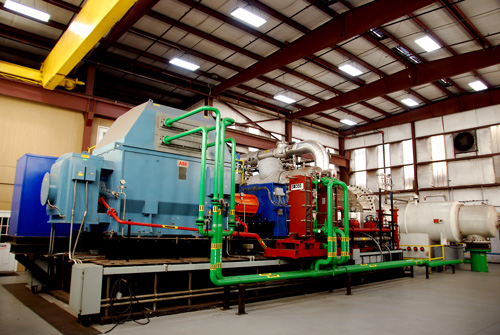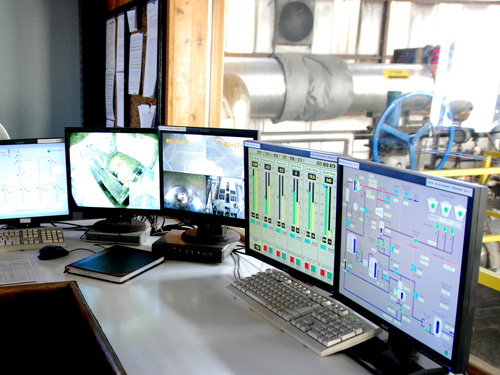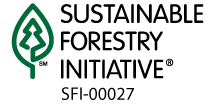Cogeneration
Sierra Pacific Industries turns wood byproducts into energy for homes and businesses through eight state-of-the-art cogeneration plants. Cogeneration is the process of using steam twice, once to heat kilns to dry lumber and again to turn a turbine to make electricity. Together, SPI’s facilities produce over 180 megawatts of electrical power. That is enough to power more than 178,000 homes.
Bark, sawdust, and other low-grade byproducts of the manufacturing process were burned or sent to landfills in the past. Today, SPI turns these materials into fuel for on-site cogeneration facilities.
Wood byproducts from the forest is also utilized in the cogeneration process. Un-merchantable wood (small trees & branches) is selectively removed and processed to improve the remaining stand of timber in areas where trees are too dense and pose a fire danger. Clean renewable energy production and environmental stewardship go hand in hand.
In most cases, some of the power produced is used to operate the mill where it is generated. Electricity is also sold to local public utilities, helping to reduce the nation’s dependance on fossil fuels.
Biomass power produces a number of societal and environmental benefits in addition to its displacement of fossil-fueled electricity generation, which is a benefit common to all renewable generation technologies. In brief, the biomass power industry provides an environmentally responsible means of disposal of about 25 million tons of woody wastes annually, turning waste materials into valuable electricity. It prevents the open burning of a substantial amount of these tons, mostly agricultural and forest residues, with the attendant massive amounts of air pollution. It provides an alternative to landfill disposal of a substantial portion of these tons, with its attendant consumption of landfill volume and resulting generation of landfill gasses.
Technical Report/Biomass Removal-SSO Project (28 pages - 933KB)


